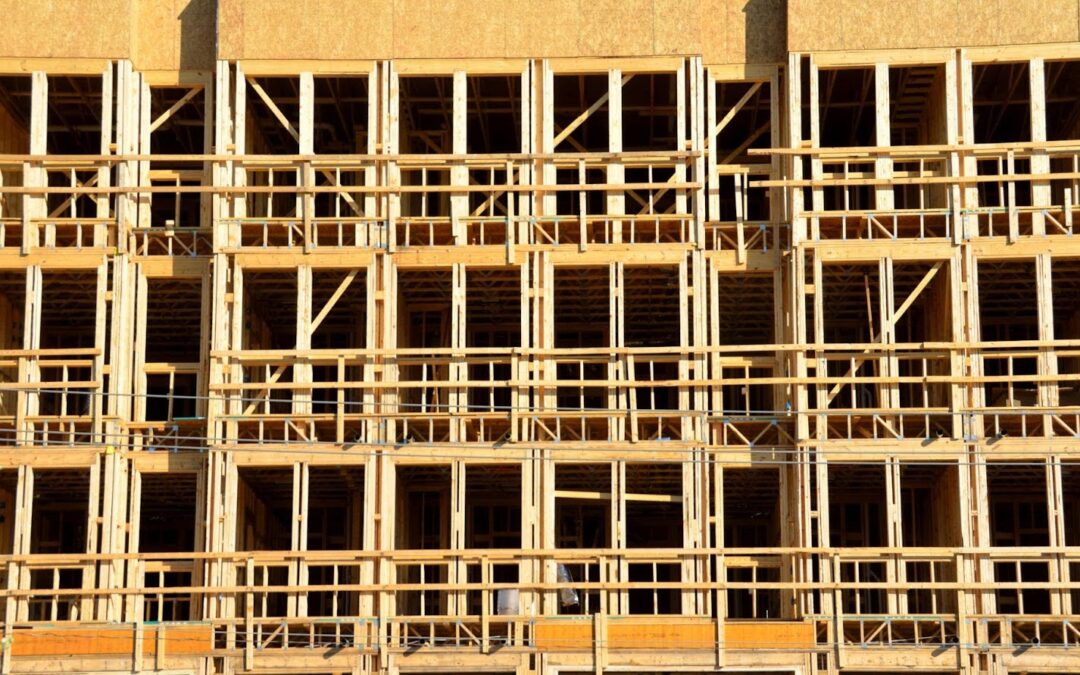A new bill has been signed into law designed to address Texas’ housing shortage, accelerating developer efforts to convert office buildings and land into mixed-use or multifamily housing developments.
Senate Bill 840 will go into effect in September, establishing by-right development to increase the amount of available housing options. Developers will be encouraged to build multifamily housing in areas originally zoned for commercial property, bypassing the need for public hearings, variances or zoning processes. These rules exclusively apply to cities with populations greater than 150,000 located within counties with populations above 300,000.
The legislation was introduced in response to Texas’ booming population coming into conflict with an unmet demand for adequate housing. In 2024, only 50,000 multifamily units were permitted and met with delays due to zoning disputes. Slow residential development has worsened Texas’ housing crisis and impacts economic growth.
There are many unused or underutilized properties plaguing Texas cities that now have the opportunity to be converted into affordable housing. With developers being given the greenlight to build in traditionally nonresidential areas, cities will be able to transform industrial warehouses and similar commercial spaces, making use of previously neglected properties.
Once enacted, the law will primarily affect larger cities in North Texas that have historically pushed back against multifamily developments. The greater emphasis on expanding residential options through the law will require many municipalities to adapt their zoning policies and land use plans to accommodate new regulations.
The law will ideally reduce the amount of time needed to establish zoning and streamline the development processes, though municipalities will still control permitting and design standards. In response to the exponential rise in demand for multifamily housing, state efforts to cut through red tape and accelerate groundbreaking will result in the launch of dozens of projects by the end of the year.
While lawmakers anticipate producing meaningful results, others are expect it will have a lower impact than anticipated. Cities are expected to pursue other methods to manage housing projects, such as implementing:
- Additional infrastructure requirements.
- Stricter design guidelines.
- More overlay districts.
- Higher standards for low-income housing tax credits.
- Restricted water and sewer rights.
The law may also come into conflict with existing municipal standards as it mandates minimum development standards. Efforts to resolve these discrepancies are ongoing.
Photo by Pixabay

